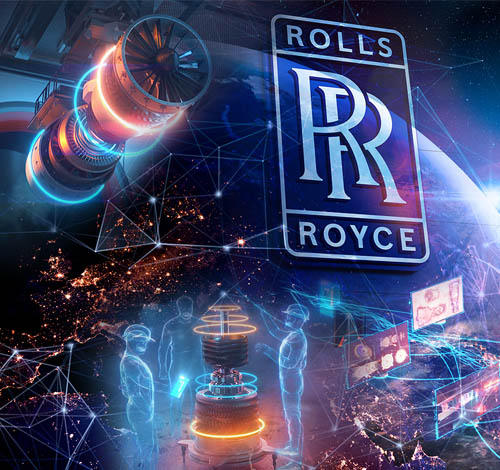SOURCE : AFI

India’s Defence Research and Development Organisation (DRDO) chief recently advocated for international collaboration to develop a 6th generation jet engine. This engine is envisioned to power not only the 5th generation AMCA fighter jet but also future 6th generation aircraft. Three potential partners have emerged: French Safran, British Rolls-Royce, and American GE.
Among these contenders, Rolls-Royce stands out for its involvement in the Team Tempest program – a dedicated initiative to develop a 6th generation fighter jet. This involvement signifies their advanced research and expertise in 6th generation engine technology.
Rolls-Royce has outlined some key features of the engine they’re developing for Team Tempest, which are highly relevant to India’s needs:
- Propulsion Design Integration: The engine will be seamlessly integrated with the airframe, maximizing overall performance, range, and payload capacity. This translates to a more efficient and maneuverable aircraft.
- Advanced Thermal Management: The engine will act as a heat sink, recycling thermal energy back into the system. This eliminates the need for overboard venting, leading to improved overall efficiency.
- Next-Gen Power Generation: The engine will boast increased electrical power generation capabilities, coupled with an intelligent power management system. This caters to the growing demand for onboard electrical systems in modern fighter jets.
Given India’s aspirations for a future-proof 6th generation engine, Rolls-Royce presents a compelling proposition. Their experience with the Tempest program and the cutting-edge features they’ve outlined position them as a leader in 6th generation engine technology.
While discussions are ongoing with all three contenders, India’s strategic partnership with Rolls-Royce through the Tempest program and their focus on 6th generation engine development make them a strong candidate for co-developing India’s next-gen jet engine.